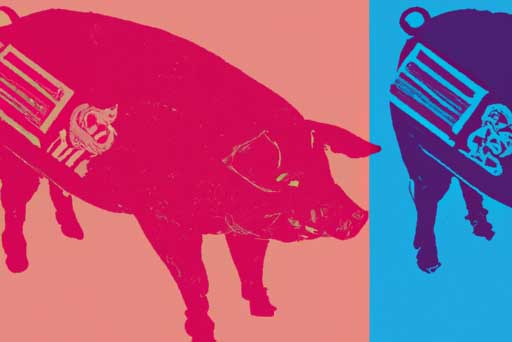TLDR:
- The National Collegiate Cyber Defense Competition (NCCDC) challenges student teams to manage IT infrastructure during a fictional company merger.
- The competition emphasizes the importance of communication, understanding exposed systems, and planning for failure.
In the 19th season of the National Collegiate Cyber Defense Competition (NCCDC), student teams were tasked with managing IT infrastructure during a fictional company merger while simultaneously fending off red team attacks. The competition highlights the importance of clear communication, understanding exposed systems, and planning for failure. Communication is crucial in navigating through compromises and mistakes, while understanding exposed systems is essential for effective defense. Planning for failure helps teams adapt and overcome obstacles that may arise.
The competition provides valuable experience for students entering the cybersecurity field, preparing them for the chaos and stress of real-world compromises and transitions. Overall, NCCDC fosters the next generation of cybersecurity professionals and encourages continuous learning in the field.
Congratulations to this year’s winning team UCF and all the students who competed in the qualifying and regional competitions. The competition serves as a valuable learning experience for students interested in pursuing cybersecurity careers.









